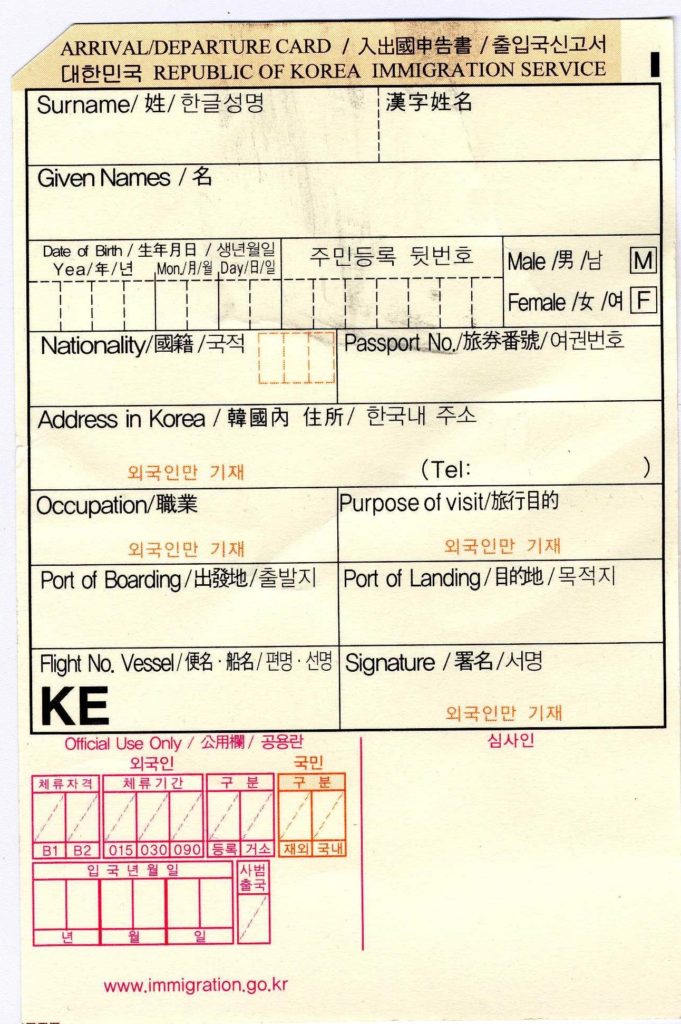The Peninsula
South Korea’s Mixed Message to Immigrants

This briefing comes from Korea View, a weekly newsletter published by the Korea Economic Institute. Korea View aims to cover developments that reveal trends on the Korean Peninsula but receive little attention in the United States. If you would like to sign up, please find the online form here.
What Happened
- In 2019, the government introduced new measures to attract skilled foreign workers, hedging against a declining working-age population.
- In November, the Ministry of Justice eased visa requirements for foreign workers in key manufacturing industries.
- In December, South Korea also extended the maximum period of stay for seasonal migrant workers in the agricultural and fisheries sectors.
- Simultaneously, stricter rules for a long-term residency visa (F-2-7) took effect on January 2, 2020.
Implications: The South Korean government’s efforts to invite foreign workers have moved far ahead of laws that facilitate the long-term stay of those same immigrants, sending mixed signals about the government’s agenda. Recent revisions to the country’s immigration policies exemplified this disparity. The government recently extended the stay period of temporary workers and simplified the application process for skilled workers who are looking to fill positions in vital industries. Meanwhile, requirements for residency visas, which allow greater freedom of movement and a longer stay in South Korea, were toughened. Similarly, it became more difficult for skilled international workers to extend their stay in Korea or receive the same visa status for their immediate family.
Context: Demographers estimate that the working-age population in South Korea will drop by an average of 300,000 annually, significantly curbing the country’s economic growth potential. In response, the government is seeking to supplement the labor pool with foreign workers. Currently, however, efforts to attract more foreign nationals are mostly limited to temporary low-income workers or skilled workers in some key manufacturing industries. Widespread misconceptions around existing social programs that are aimed at integrating immigrants and prejudices against foreign nationals partially contribute to the government’s cautious approach to increasing the number of residency visa recipients.
Korea View was edited by Yong Kwon with the help of Gordon Henning, Soojin Hwang, Hyungim Jang, and Ingyeong Park.
Picture from flickr user Raymond Cunningham
